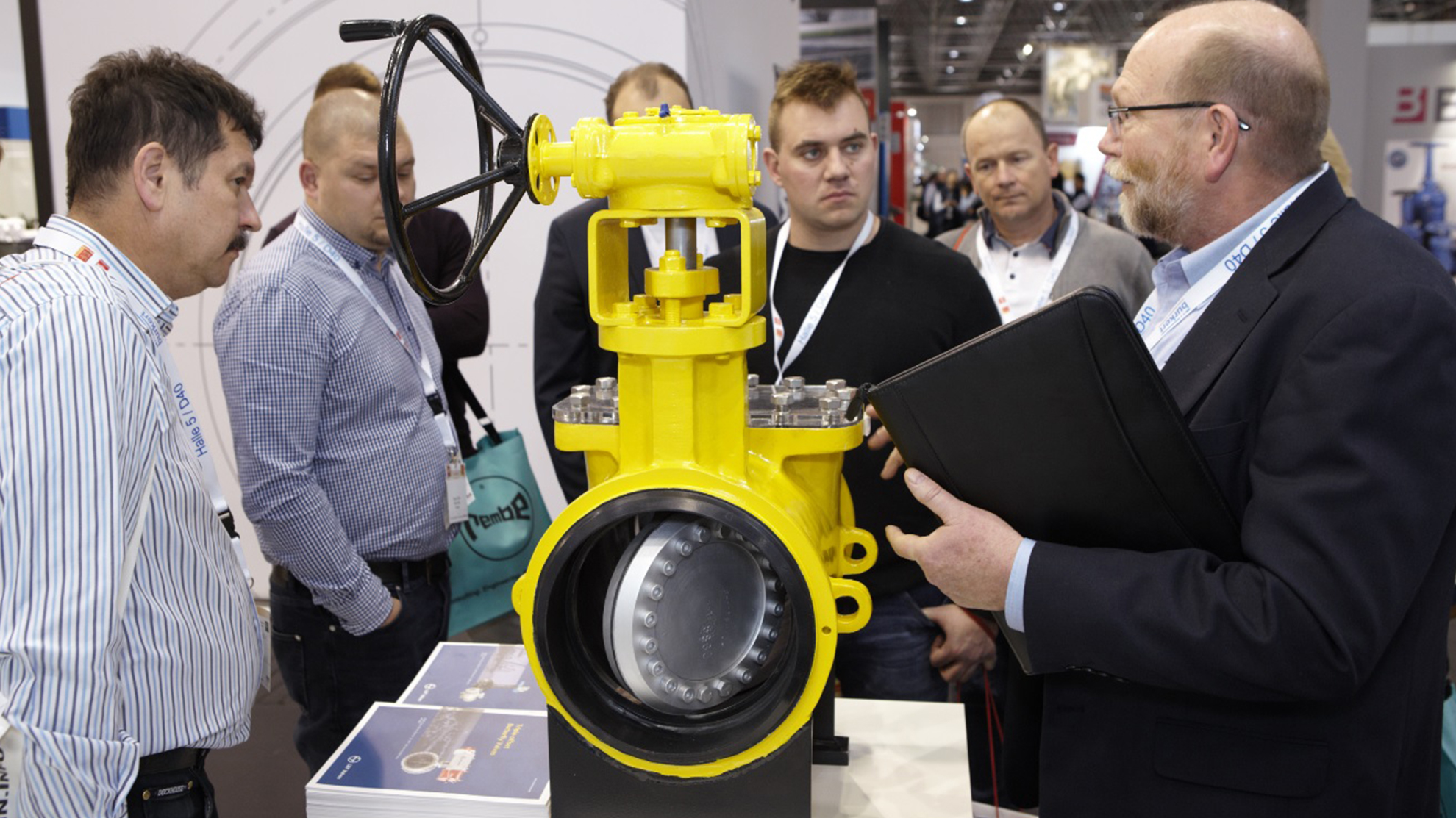L&T Group Websites
- Corporate
- Corporate – Arabic
- GreenTech
- Heavy Engineering
- Hydrocarbon
- LTIMindtree
- L&T Construction
- L&T Construction & Mining Machinery
- L&T Finance
- L&T Howden
- L&T Hydraulics
- L&T Infrastructure Development Projects Limited
- L&T Infrastructure Finance Company Limited
- L&T Institute of Project Management
- L&T Technology Services
- L&T Kuwait Construction
- L&T MBDA Missile Systems Limited
- L&T Metro Rail (Hyderabad) Limited
- L&T-MHI Power Boilers
- L&T-MHI Power Turbine Generators
- L&T Realty
- L&T-Sargent & Lundy Limited
- L&T Special Steels and Heavy Forgings
- L&T-SuFin
- L&T Valves Limited
- Nabha Power Limited
- Power
- L&T Public Charitable Trust
- Rubber Processing Machinery
- Shipbuilding
- L&T Skill Trainers Academy
Cryogenic Triple-offset Butterfly Valves
- Pictures
Across the globe, L&T Valves Cryogenic TOBV is making heads turn. Sasikumar D, the design lead for Butterfly Valves, shares the BTS secrets.
L&T Valves is a global leader in valves for cryogenic applications. The range comprises gate, globe, ball and butterfly valves. We have state-of-the-art facilities in our plants to develop and manufacture the wide variety of cryogenic valves. Our cryogenic test infrastructure is unmatched and equipped to handle a large number of valves as well as large sizes.
Recently we developed a customised solution for an American EPC contractor.
Key requirements:
- Inspection door on top of the valve body to enable easy inspection, maintenance and replacement of laminar seals at site without removing the valve from pipeline
- Electrically operated with operating time of 20 seconds
- Dual certified to CF3M / CF8M
The triple-eccentric design facilitates a positive torque closure as well as permits the free movement of the disc, once the valve is unseated, resulting in lesser wear of seating surfaces. The degree of eccentricity and the mating profile of seat and disc were carefully selected to achieve reliable performance at low temperatures.
The body seating surfaces were hardfaced with Stellite #21 and matched with a precision machined laminar seal (graphite + Inconel 625) to achieve tight shut off and longer seat life.
Free rotation of stem disc mechanism at cryogenic temperatures is essential to prevent torque overload on electric actuators. Although general austenitic stainless steels are suitable for stem at cryogenic temperatures, the strength of the austenitic stainless steel is much lower to withstand any inadvertent actuator overloads. Hence, Nitronic-50 (XM-19), which has the benefit of both the higher strength and expansion coefficients equivalent to the body material CF3M/ CF8M, was used.
In order to reduce the friction of stem bushings at low temperatures, the stem bushings were hard chrome plated. Further, the bonnet was extended with sufficient gas column to keep the packing away from the cold fluid.
The valves were successfully tested at -196°C as per BS 6364 and supplied to an onshore LNG platform.




